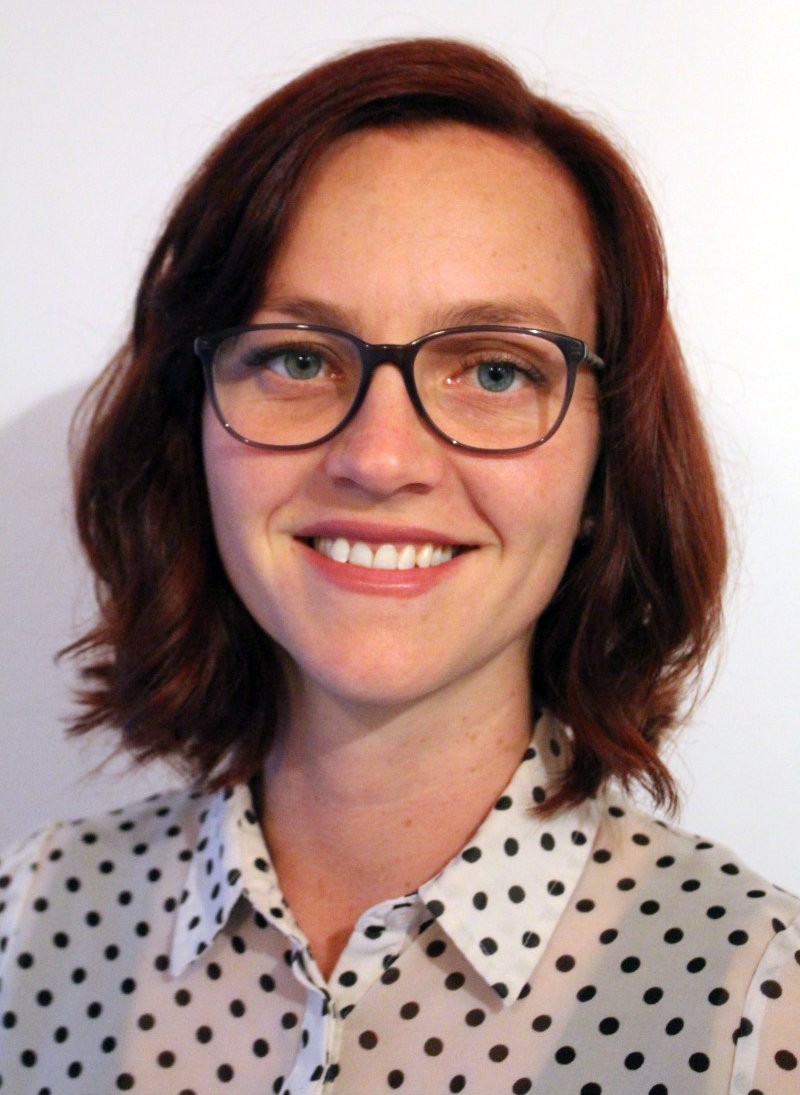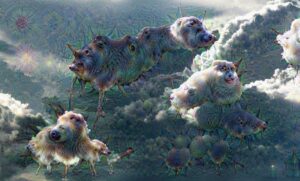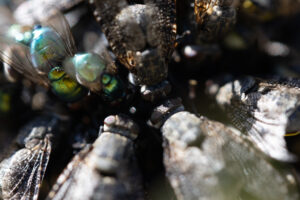Curtin Uni’s Head of Physics and Astronomy is one of the world’s brightest minds in the field of atomic and molecular collision physics.
Igor explains incredibly complicated calculations most people would find mind-boggling in everyday terms.
“Collisions on the atomic scale go on all around us and inside us,” he says.
“Every chemical reaction is an example of atomic collisions.
“Life is an example of simple particles coming together—take enough of them, and you have human beings.”
AN ILLUSTRIOUS CAREER
Igor describes being elected to the Australian Academy of Science in May as “a phenomenal honour”.
“It was a bit overwhelming,” he says.
“In Canberra, I was treated like royalty.
“It is … a reflection not just of me but of all the people I have around me.
“I have wonderful research and academic colleagues, so it is recognition for us all.”
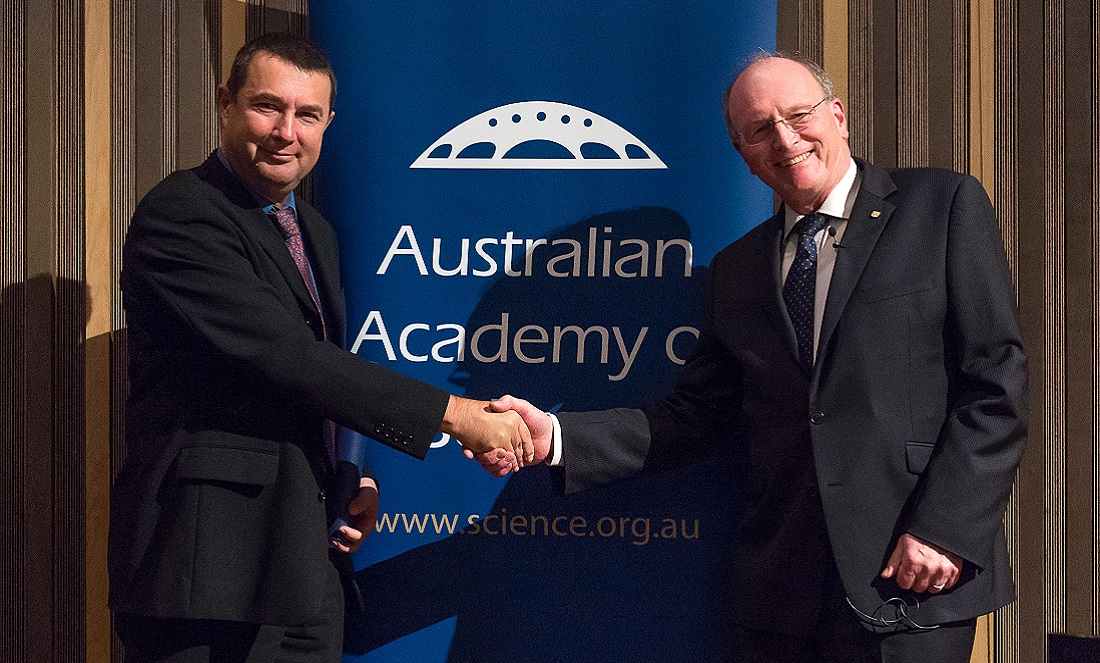
Igor’s ground-breaking work has been published in more than 450 academic papers.
He has received many high-profile and coveted accolades.
In 1995, Igor received the University of Melbourne’s David Syme Medal for producing the best original research work in biology, chemistry, geology or physics in Australia.
In 1998, Igor was the joint winner of the Australian Academy of Science Pawsey Medal for outstanding physics research by a scientist under the age of 40.
“Those were fantastic personal career highlights,” Igor says.
“The greatest reward any scientist can get is the recognition of their peers.”
A PHYSICS PIONEER
Igor’s revolutionary research includes the biggest science project on the planet.
The International Thermonuclear Experimental Reactor (ITER), currently being built in France, is worth $30 billion.
The aim is to replicate the heat of the Sun’s core—millions of degrees Celsius—and harness the nuclear fusion process to generate clean energy using seawater as fuel.
Igor also contributes to the world’s second-largest science experiment, the Large Hadron Collider at the European Organization for Nuclear Research (CERN).
The Large Hadron Collider is mankind’s largest and most powerful particle accelerator.
Physicists probe the fundamental structure of the universe by observing and recording the results of particles colliding at close to the speed of light.
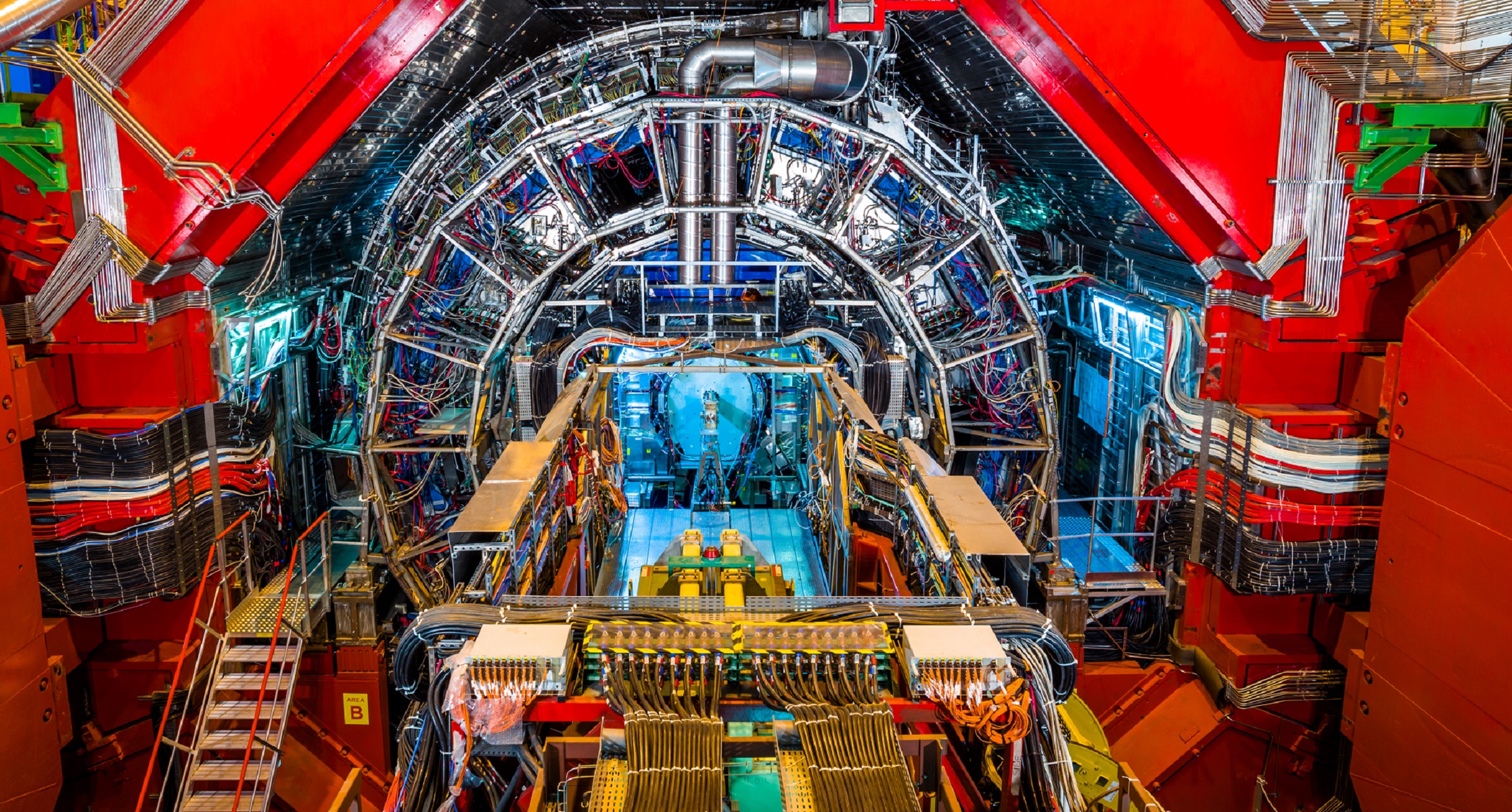
If that isn’t impressive enough, Igor strives to improve cancer imaging and therapy.
Conventional radiation treatments destroy healthy cells with cancerous ones, but an innovative new type of targeted therapy could radically change that.
“We do calculations to … bombard cancerous cells with ions and provide a disruptive energy just to the tumour without the side effects of destroying healthy cells,” Igor says.
The Federal Government allocated $68 million to establish the first facility of this kind in Australia in Adelaide.
RAISING THE NEXT STEM GENERATION “TAKES A VILLAGE”
Igor is passionate about getting scientists out of laboratories and into classrooms.
He believes it is crucial to encourage high school students to pursue careers in science, technology, engineering and mathematics.
“Since a young age, I have always loved mathematical physics, but I did not know that you could have a career in it,” Igor says.
“I don’t think there is anything more important than raising the next generation.
“To my mind, that is even more important than the research that I do.
“I like the expression ‘It takes a village to raise a child’, and I’m part of that village.”
Igor says it is his way of giving back to the scientific community.
“I feel like it is my delightful obligation to give back to the society that has given so much to me,” he says.
“I can see a great deal of enthusiasm in the bright eyes of the younger generation.
“It is very rewarding.”
SCIENCE IS SOCIAL
Igor’s advice for students thinking about following in his footsteps is to seize the opportunity for a lifetime of learning and friendship.
“I recommend for them to consider a career in science for the people they will spend their life with,” he says.
“We all enjoy science, but what people forget is that it is a great delight to be in the company of scientists throughout your life.
“I really like the culture of science—it unifies people, not divides them.”
SCIENCE TAKES COURAGE
Igor chuckles when asked if he has faced challenges during his career.
“You don’t go into science if you’re afraid of a challenge,” he says.
“You go into science because you want to be challenged.
“I often say to people that, if you want to be a research scientist, you have to be very courageous because you’re taking on problems that other people have tried [to fix] and failed.”
“You’re saying you’re going to be the one who’s going to break through.”
When Igor isn’t making scientific breakthroughs of his own, he spends time with his wife Ann and sons Alex and Sam, and he enjoys playing the piano and golf.


